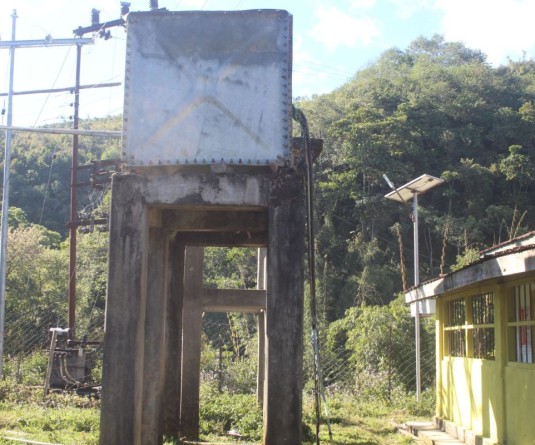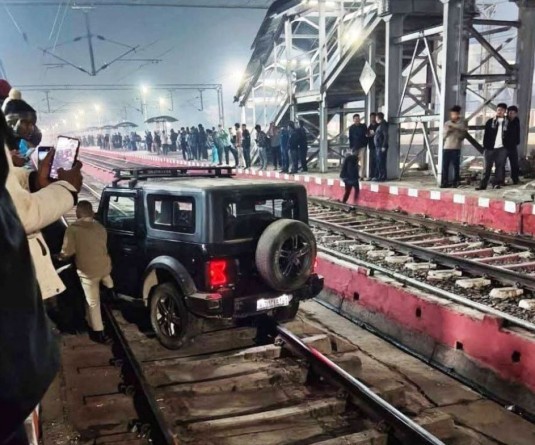
Our Correspondent
Peren | May 31
Peren Government College, with a seating capacity of only 150 students, is the highest seat of learning in Peren district. The College established in 1987 had previously occupied the abandoned Government High School Hostel in 1990, which at present has generated controversies from many corners. While some so-called ‘landowners’ have claimed ownership of the present site to its claim that both the land and building of Peren Government College belongs to it. Adding to the crisis is the congested building with more than 200 students which has no proper library, toilets or classrooms for honours students.
Speaking on the same line at the monthly DPDB meeting held here at the DC’s Conference Hall today, T. R Zeliang, Chairman of DPDB Peren, stated that the new headquarter of Peren district is the only model town in Nagaland with a ‘professional maters plan.’ Likewise, the new headquarter site has earmarked 25 to 30 acres of land for setting up of Government College, Engineering College and other institutional establishments which apart from other facilities will also include indoor and outdoor multi-sports complex. He remained the gathering that on November 7, 2008, Development Committee for the Site Selection was formed to verify, examine and report to the DPDB. As such, any new Government establishment as in case of Peren, Government being re-located, should be brought to the knowledge of the Committee for approval from the Government and added that no public organisation or student bodies were authorised to act as Selection Committee.
It may be noted that in 1991, approximately 26 acres of land was donated to the College by Peren Village for relocation. The present structure at the donated site made of CGI Sheets and bamboo-woven walls are just temporary arrangements which has neither legal sales-deed agreement nor the approval of the DPDB. With the so-called ‘landowners’ forbidding any infrastructural extensions at the old location, the College authority as well as the students community are in deep dilemma. Taking into account the long tem impacts, as in most cases in the state demands for contracts and appointments from local donators might invite future complications though temporary arrangements might solve the problem.
Meanwhile, completion of construction work at the new headquarter is expected to take a long time which has left the College with very little option.






